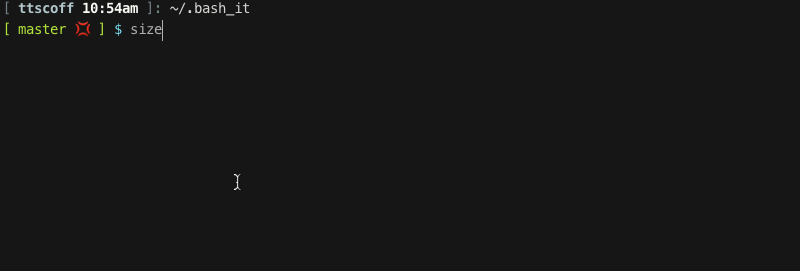

The next step is to quantify and segment the market. Be aware that you will collect conflicting information and finding relevant and accurate data can feel a bit like detective work. Sources include market studies, journals and government reports. Once you are clear about this distinction you can begin to collect data to size the addressable market. This is based on many factors, including geography, resources, capacity constraints, etc. The available market is the portion of the addressable market for which you can realistically compete. The addressable market is the total revenue opportunity for your product or service. All rights reserved.It is important to distinguish between the addressable and available markets. TD Ameritrade is a trademark jointly owned by TD Ameritrade IP Company, Inc. TD Ameritrade, Inc., member FINRA/ SIPC, a subsidiary of The Charles Schwab Corporation. This is not an offer or solicitation in any jurisdiction where we are not authorized to do business or where such offer or solicitation would be contrary to the local laws and regulations of that jurisdiction, including, but not limited to persons residing in Australia, Canada, Hong Kong, Japan, Saudi Arabia, Singapore, UK, and the countries of the European Union. Supporting documentation for any claims, comparisons, statistics, or other technical data will be supplied upon request. Please read Characteristics and Risks of Standardized Options before investing in options. Options trading subject to TD Ameritrade review and approval. Options are not suitable for all investors as the special risks inherent to options trading may expose investors to potentially rapid and substantial losses.

Past performance of a security or strategy does not guarantee future results or success. Market volatility, volume, and system availability may delay account access and trade executions. Clients must consider all relevant risk factors, including their own personal financial situations, before trading. Not investment advice, or a recommendation of any security, strategy, or account type.īe sure to understand all risks involved with each strategy, including commission costs, before attempting to place any trade. If you focus on that, and manage your risk, you’ll have plenty of time to increase your position size in a way that makes sense.Ĭontent intended for educational/informational purposes only. First, your goal should be to refine your trading as much as possible so you can be effective over the long term. The market will be there when you’re ready. Remember: there’s no need to rush into trading larger positions. This automatically heeds the advice of many seasoned traders: when losing, trade smaller. Keeping to a constant 2.5% maximum risk per trade would lower your risk target as well, to $1,250. For example, suppose your trading account dropped to $50,000. The same logic holds on the downside as well.

It’s one way to size up your positions that is also objective and non-emotional. The potential advantage is that by keeping your risk percentage constant, your position size can rise and fall with your account balance. At that point, keeping a constant per-trade risk of 2.5% would equate to $5,000 (double what it was before). Suppose your account balance eventually doubled to $200,000. So if you have a $100,000 account and you’ve determined that you’ll risk 2.5% per trade, your per-trade max risk would be $2,500. This is a highly personal decision, but many traders set their max between 1% and 5% of their total account equity. You might start by deciding what your maximum risk per trade will be.

Only once you are comfortable with your strategy-and feel your objectives are defined-you might consider increasing your position size. It’s also the time to test out different trading styles and techniques and incorporate them into a strategy that is designed to protect your downside and help maximize your upside. Perhaps the best time to create a quantifiable, risk-focused trading methodology may be when you're trading small. And that kind of mindset ignores a primary consideration for determining position size: risk management. Conversely, some profitable traders think they’re leaving money on the table by trading too small.Įither perspective can be dangerous. Unprofitable traders often think they’re ineffective because they aren’t trading large enough size. One mistake traders make when attempting to increase their positon size is rushing the process. Fortunately, there are some guidelines that may help smooth your progress if you are considering scaling your position size. For the average retail trader, learning to scale up your position size can be a nerve-wracking process that can lead to unexpected and outsized losses.


 0 kommentar(er)
0 kommentar(er)
